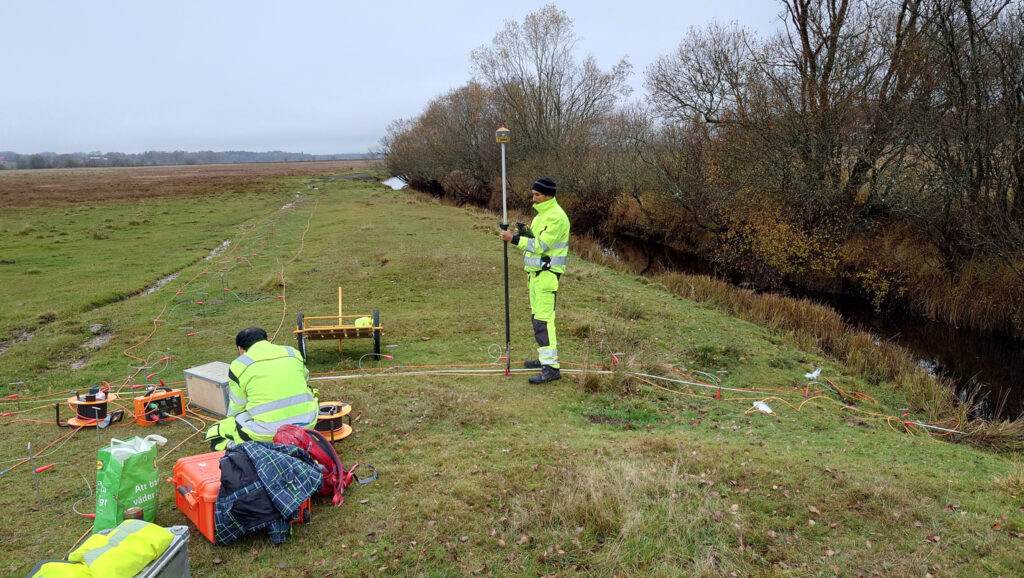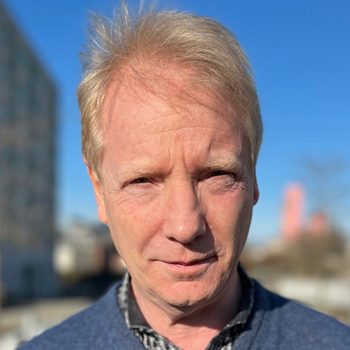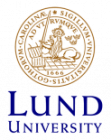Blue Transition – How to make my region climate resilient
The growing population in Southern Sweden, as well as the industrial and agricultural activities, need a continuous supply of clean water. To ensure sufficient and non-polluted water, surface water and groundwater resources are crucial. Facing future scenarios of climate change, the Southern Sweden area will likely be challenged with droughts, heavy rain events and temperature extremes in the upcoming years.
Climate change together with human use and landscape change increases the pressure on groundwater and soil resources in the North Sea Region. The internal and external factors controlling groundwater and soils are connected in a complex way and may have amplifying negative repercussions.
Swedish Pilots Project
In this pilot project, we want to investigate the area around Lake Bolmen since the water is used to ensure the drinking water supply in South Sweden, particularly in the Malmö and Lund areas (with up to 1 million people). Brownification of Bolmen Lake water (Brownification is identified by drastically increasing water colour due to increasing levels of natural organic matter and iron in the surface water) is a major problem for the drinking water supply and the lake’s biodiversity. The water from the lake is transported via a tunnel to a treatment plant where it is treated with coagulation, filtration, and ultraviolet disinfection, and supplied to the municipalities. It is planned to transfer the water to the Vomb Managed Aquifer Recharge (MAR) treatment plant for more efficient filtration in the future.
The Vomb Trough constitutes an important groundwater reservoir in Southern Sweden. There is a need to increase the production of the Vomb MAR plant, and hence improvement and optimization of the infiltration procedure is essential.
Furthermore, it is highly relevant in a climate change scenario: to address a more efficient pond infiltration and to ensure surface-ground water quality for future generations. New ideas and approaches are intended to develop for a better interrelationship understanding of different processes governing the hydrology and hydrodynamics of water bodies and catchments.
The project targets a systemic change, a “Blue Transition”, by integrated water and soil management in climate change times. This project is a part of Blue Transition, a an EU cooperation supported by the Interreg North Sea Region programme in line with priority 3 of the programme: ‘A climate resilient North Sea Region’.
The project is part of Blue Transition
Project manager: Tina Martin, Engineering Geology, at Lund University
The project is Ankita Girish Prayags PhD project in Engineering Geology within Biomedical Engineering, at Lund University

Resistivity and IP measurement using a (Terrameter LS2), measured in our project in the North of Lake Bolmen, photo credit: Torleif Dahlin




